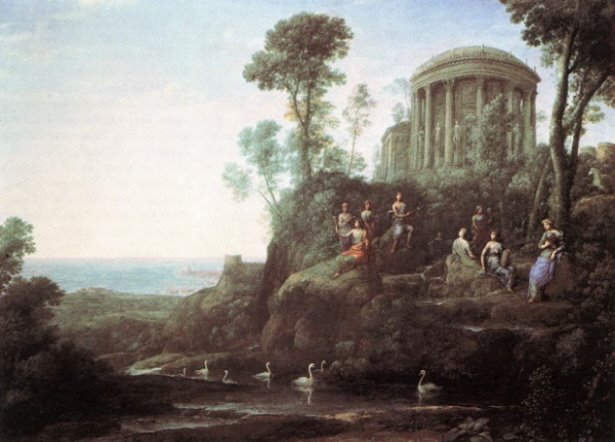Achei a referência desse livro que conta a historia social e econômica do Rum na época da colonização do novo mundo. Quando vi não pude deixar de pensar no Chris e seu interesse pelo tema do colonialismo (Tintin) regado a uma boa perspectiva antropológica sobre comidinhas e bebidinhas. Marshall Sahlins que o diga...
A History of Caribbean Rum
Frederick H. Smith. 2005. Caribbean Rum: A Social and Economic History. ISBN 0-8130-2867-1. University Press of Florida. 247 pages, plus extensive notes, references and an index.
Caribbean Rum is the story of a New World invention--hard liquor distilled from sugar cane and byproducts--and its role in the European and African colonization of the American continents. The 'social, spiritual, and medicinal' liquid called alcohol has a deep history among Europeans and Africans, but at the time of the colonization of the Caribbean, early in the 16th century, distilled spirits were not widely available anywhere. Wine-making, making alcoholic drinks without distillation, was the manufacturing method of choice, because it was fairly simple and didn't require special equipment. Distillation was invented in England in the 13th century, but at first it was a secret process known only to physicians and apothecaries.
Earliest Alcoholic Beverages in the New WorldAs described here, and despite modern disapproving viewpoints to the contrary, alcohol was a necessary staple commodity to 16th century colonists and the countries from which they originated, whether for safely ingesting liquids, experiencing religion or as a method of easing the pain of enslavement or distance from home and family. The colonies of the New World were only reached after months of voyaging, and quantities of imported brandy--the most popular alcoholic beverage of European colonists--were limited. Locally produced alternatives needed to be identified. The earliest alcoholic beverages made by Europeans and Africans in the New World were based on drinks made by the local Carib peoples, such as those made from fermented potatoes (called mobbie) or from casava (called perino or ouicou). Other early experiments making alchohol included wines made from pineapple, plantain, banana and plums. Fermented sugar drinks such as guacapo (called by various names including grappe, grippo and guarapo) were also made.
Sugarcane and Rum Production It was these cane sugar byproducts that proved most popular, and after the first alembic arrived, early in the 17th century, rum production took off. The birth of the distilled rum industry began as a result of a burgeoning sugar cane agriculture in the British colonies on the islands of Barbados and Martinique, fueled by the investment in that agriculture by the British West Indies company, about 1650.
Frederick Smith's Caribbean RumFrederick Smith's Caribbean Rum details the story of rum making within the context of the African and European cultures, both at home and in the colonies, the political machinations of intercontinental trade, the competing colonial markets and the effects of treaties and conflicts. Most of all, the book describes the social and religious aspects of alcohol in the Caribbean, among the various components of that eclectic society. Although the text is clearly a reworking of Smith's dissertation, and has some of those academic characteristics (including a fat bibliography and dense notes), the story Smith tells is a fascinating one.
28 fevereiro 2006
Assinar:
Comentários (Atom)

